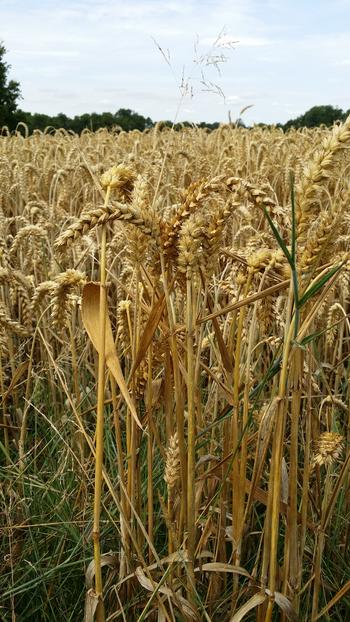Neue Fakten zur Ankunft des Weizens in China
News vom 03.05.2018
Die Zeitschrift Nature Plants veröffentlichte am 30. April eine Studie mit direkt datierten Weizenfunden vom Unterlauf des Gelben Flusses und einer neuen Chronologie der Verbreitung von Weizen die zeigt, dass dieses Getreide zuerst ca. 2600 Jahre v. Chr. Ostchina erreichte. Ein internationales Forscherteam der Freien Universität Berlin (Fachrichtung Paläontologie), der Außenstelle Peking des Deutschen Archäologischen Instituts und der Shandong-Universität Jinan China revidiert damit die lange gültige Annahme eines sukzessiven West-Ost-Transfers des Weizenanbaus auf den späteren Routen der Seidenstraße.
Artikel: Long, T.W., Leipe, C., Jin, G.Y., Wagner, M., Guo, R.Z., Schroeder, O., Tarasov, P. E. (2018) The early history of wheat in China from 14C dating and Bayesian chronological modelling. Nature Plants, Vol. 4, May 2018, 272-279. https://doi.org/10.1038/s41477-018-0141-x
Artikel zum Lesen: https://rdcu.be/M0aJ
Kommentar dazu: A new story for wheat into China
Abstract
Wheat is regarded as one of the most important West Asian domesticates that were introduced into Late Neolithic/Early Bronze Age China. Despite a growing body of archaeological data, the timing and routes of its dispersal remain controversial. New radiocarbon (14C) dating evidence from six archaeological sites in the Shandong and Liaoning Peninsulas and Bayesian modelling of available 14C data from China suggest that wheat appeared in the lower Yellow River around 2600 Before Common Era (bce), followed by Gansu and Xinjiang around 1900 bce and finally occurred in the middle Yellow River and Tibet regions by 1600 bce. These results neither support long-standing hypotheses of a progressive spread of wheat agriculture from Xinjiang or Gansu to eastern China nor suggest a nearly synchronous appearance in this vast zone, but corroborate transmission to lower Yellow River elites as an exotic good through cultural interactions with the Eurasian steppe along north–south routes.

